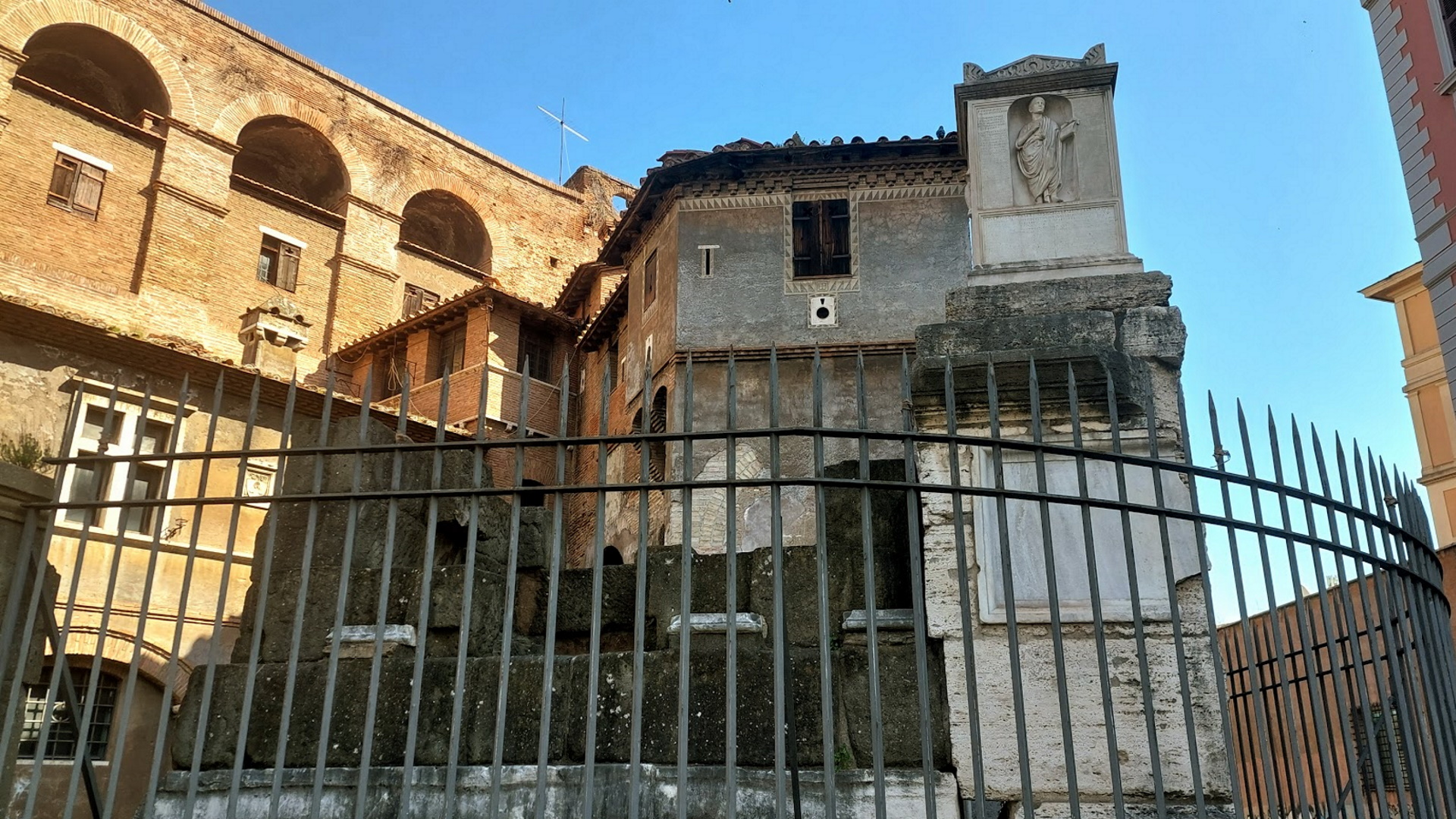
Part of a vast suburban necropolis that stretched along the first section of the Via Salaria Nova and the Via Salaria Vetus, the so-called “Sepolcreto Salario” burial ground can be dated between the last Republican and the first Augustan age but continued to be used throughout the first century AD and sporadically into the next century.
Between the 19th and 20th centuries, during the construction of the new Salario district, the few preserved archaeological remains were either destroyed or incorporated into the urban fabric. However, the area did return a large number of inscriptions, slabs, stelae and small constructions. These are mostly simple columbaria (charnel houses) arranged on two floors, one at street level, usually lost, the second underground and served by a staircase. In 1871, when the remains of the Porta Salaria were demolished as they had been severely damaged during the Breach of Porta Pia, some small tombs also came to light. Two of them were incorporated into the eastern tower of the gate: disassembled and reassembled several times, they were finally placed at the intersection of Via Piave and Via Sulpicio Massimo, close to the Aurelian Walls.
The best known is the funerary monument to a very young Roman poet, depicted in high relief inside a niche wearing a toga and holding a scroll on which is inscribed a Carme. Two long inscriptions in Latin and Greek recall that the tomb was built by Quintus Euganeus and Licinia Ianuaria for their son Quintus Sulpicius Maximus, who died at only 11 years old “from too much study and exaggerated love of the Muses”. The young man had just participated in 94 A.D. in the third Capitoline Certamen, a Greek poetry competition, competing with fifty-two poets and enchanting the audience with his skill and compositions. The poem written by the boy is inscribed, in Greek, on the sides of the statue and narrates Jupiter’s reproaches to Apollo, guilty of letting the young and inexperienced Phaethon lead the chariot of the sun. The original slab is now on display at Centrale Montemartini museum, and what we can admire here today is only a cast.
Une promenade parmi les murs, les arches et le tours

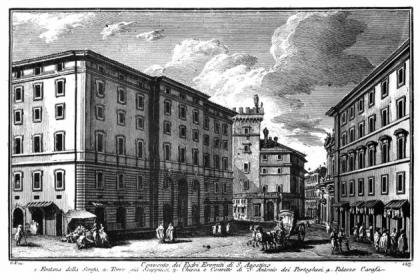
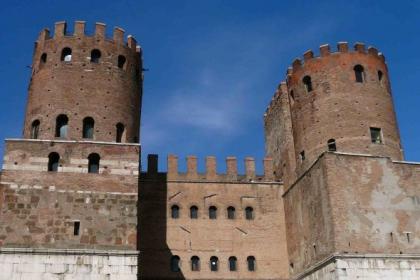
 Condividi
Condividi
Murs d'Aurélien
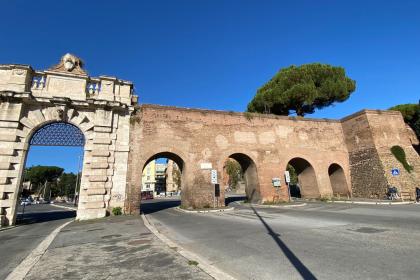
 Condividi
Condividi
Porta Pia et le Musée Historique des Bersaglieri
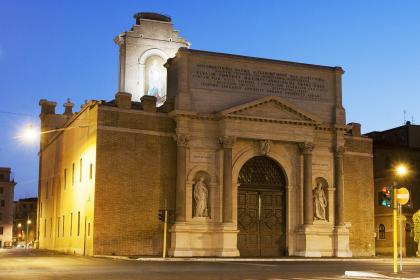
 Condividi
Condividi
Informations
 Condividi
Condividi
Location
Pour connaître tous les services d'accessibilité, visitez la section Rome accessible.











































